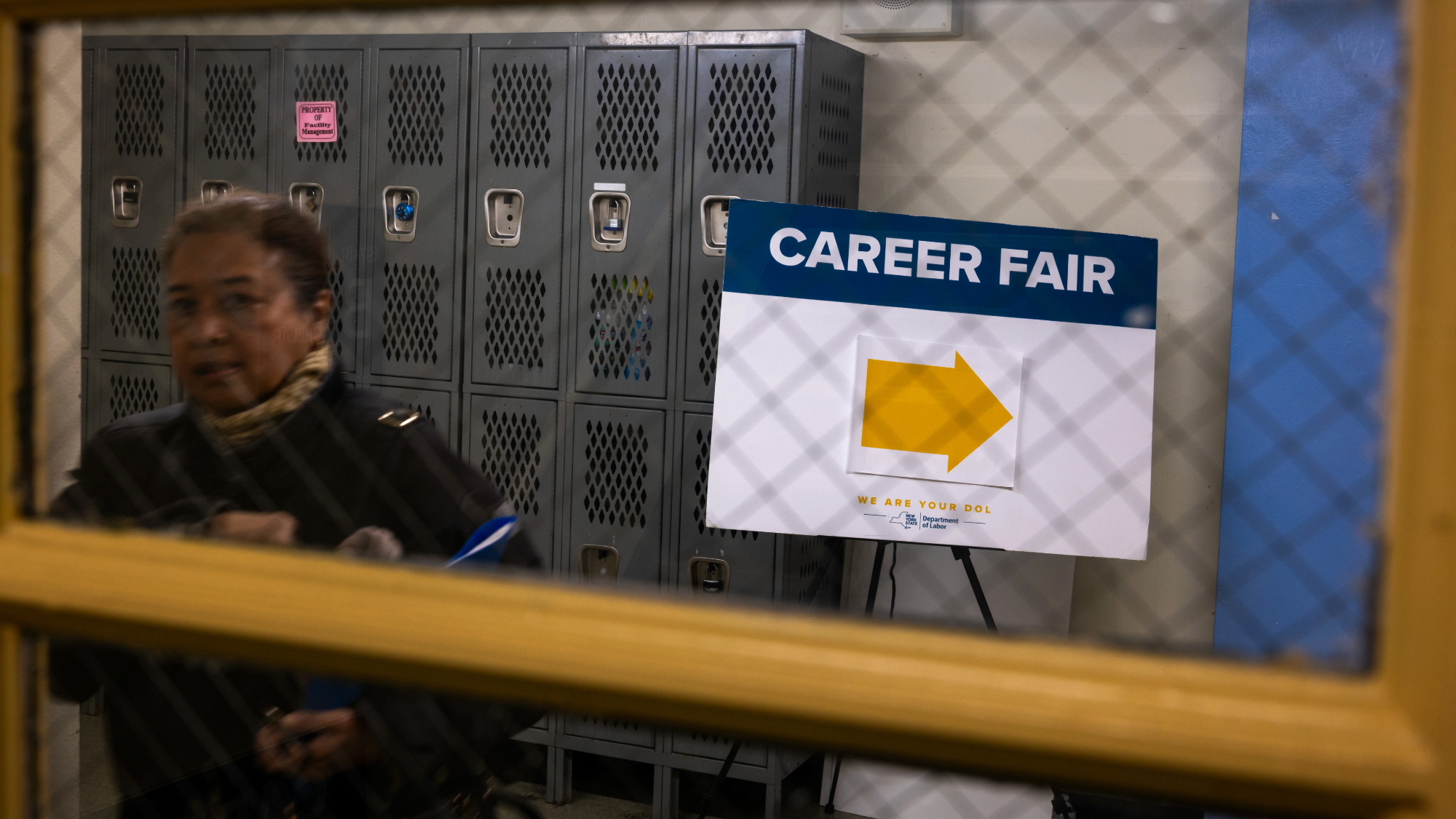Millions of Texas households are still without power in a brutally cold winter storm. What went wrong?


The entire state of Texas was under a winter storm warning on Monday, with snow falling throughout the state and single-digit temperatures as far south as Austin and San Antonio. As Texans turned up their heaters on Sunday night, the freezing temperatures took down several power generation plants, prompting the Electric Reliability Council of Texas (ERCOT) — which manages the state's uniquely independent power grid — to order rolling blackouts at 1:25 a.m. Monday, rather than risk a collapse of the entire grid.
More than 2 million customers lost electricity by Monday morning, and by Monday night, 4.2 million Texas customers were without power as the temperatures hit record lows, according to PowerOutage.us, a site that tracks power outages nationwide. Texas utilities are warning those households they may not get power until Tuesday afternoon or evening, right before a second storm is forecast to hit. What went wrong?
First, Texas isn't set up for extreme cold. "The electricity grid was designed to be in high demand during the summer, when Texans crank their air conditioning at home," The Texas Tribune explains. "Some of the energy sources that power the grid during the summer are offline during the winter." Wholesale power prices on the largely deregulated Texas market shot up over the weekend, prompting power generators to maximize their output, The Wall Street Journal reports. Then non-weatherized wind turbines started freezing and natural gas and coal plants tripped offline.
The Week
Escape your echo chamber. Get the facts behind the news, plus analysis from multiple perspectives.

Sign up for The Week's Free Newsletters
From our morning news briefing to a weekly Good News Newsletter, get the best of The Week delivered directly to your inbox.
From our morning news briefing to a weekly Good News Newsletter, get the best of The Week delivered directly to your inbox.
"This weather event, it's really unprecedented," ERCOT senior director of system operations Dan Woodfin said Monday, pointing to the 1940s as the last time Texas faced this combination of Arctic temperatures and wind chills. "Most of the plants that went offline during evening and morning today were fueled" by coal, gas, or nuclear power, he added. About 40 percent of Texas electricity comes from natural gas-fired plants, followed by wind turbines (23 percent), coal (18 percent), and nuclear power (11 percent), the Journal reports, citing ERCOT's 2020 data.
With 30 gigawatts of power generation knocked offline — enough to power almost 6 million homes — the rolling blackouts got stuck. The blackouts were supposed to last less than an hour at each household, but "local utilities kept power on to neighborhoods with hospitals, fire stations, and water-treatment plants," the Journal reports. "There was so little extra power that utilities couldn't rotate the blackouts among neighborhoods that didn't have critical infrastructure, leaving some homes without power for more than 12 hours."
A free daily email with the biggest news stories of the day – and the best features from TheWeek.com
Peter has worked as a news and culture writer and editor at The Week since the site's launch in 2008. He covers politics, world affairs, religion and cultural currents. His journalism career began as a copy editor at a financial newswire and has included editorial positions at The New York Times Magazine, Facts on File, and Oregon State University.
-
 Do you have to pay taxes on student loan forgiveness?
Do you have to pay taxes on student loan forgiveness?The Explainer As of 2026, some loan borrowers may face a sizable tax bill
-
 Planning a move? Here are the steps to take next.
Planning a move? Here are the steps to take next.the explainer Stay organized and on budget
-
 What should you look out for when buying a house?
What should you look out for when buying a house?The Explainer Avoid a case of buyer’s remorse
-
 TikTok secures deal to remain in US
TikTok secures deal to remain in USSpeed Read ByteDance will form a US version of the popular video-sharing platform
-
 Unemployment rate ticks up amid fall job losses
Unemployment rate ticks up amid fall job lossesSpeed Read Data released by the Commerce Department indicates ‘one of the weakest American labor markets in years’
-
 US mints final penny after 232-year run
US mints final penny after 232-year runSpeed Read Production of the one-cent coin has ended
-
 Warner Bros. explores sale amid Paramount bids
Warner Bros. explores sale amid Paramount bidsSpeed Read The media giant, home to HBO and DC Studios, has received interest from multiple buying parties
-
 Gold tops $4K per ounce, signaling financial unease
Gold tops $4K per ounce, signaling financial uneaseSpeed Read Investors are worried about President Donald Trump’s trade war
-
 Electronic Arts to go private in record $55B deal
Electronic Arts to go private in record $55B dealspeed read The video game giant is behind ‘The Sims’ and ‘Madden NFL’
-
 New York court tosses Trump's $500M fraud fine
New York court tosses Trump's $500M fraud fineSpeed Read A divided appeals court threw out a hefty penalty against President Trump for fraudulently inflating his wealth
-
 Trump said to seek government stake in Intel
Trump said to seek government stake in IntelSpeed Read The president and Intel CEO Lip-Bu Tan reportedly discussed the proposal at a recent meeting
